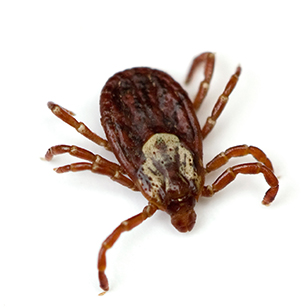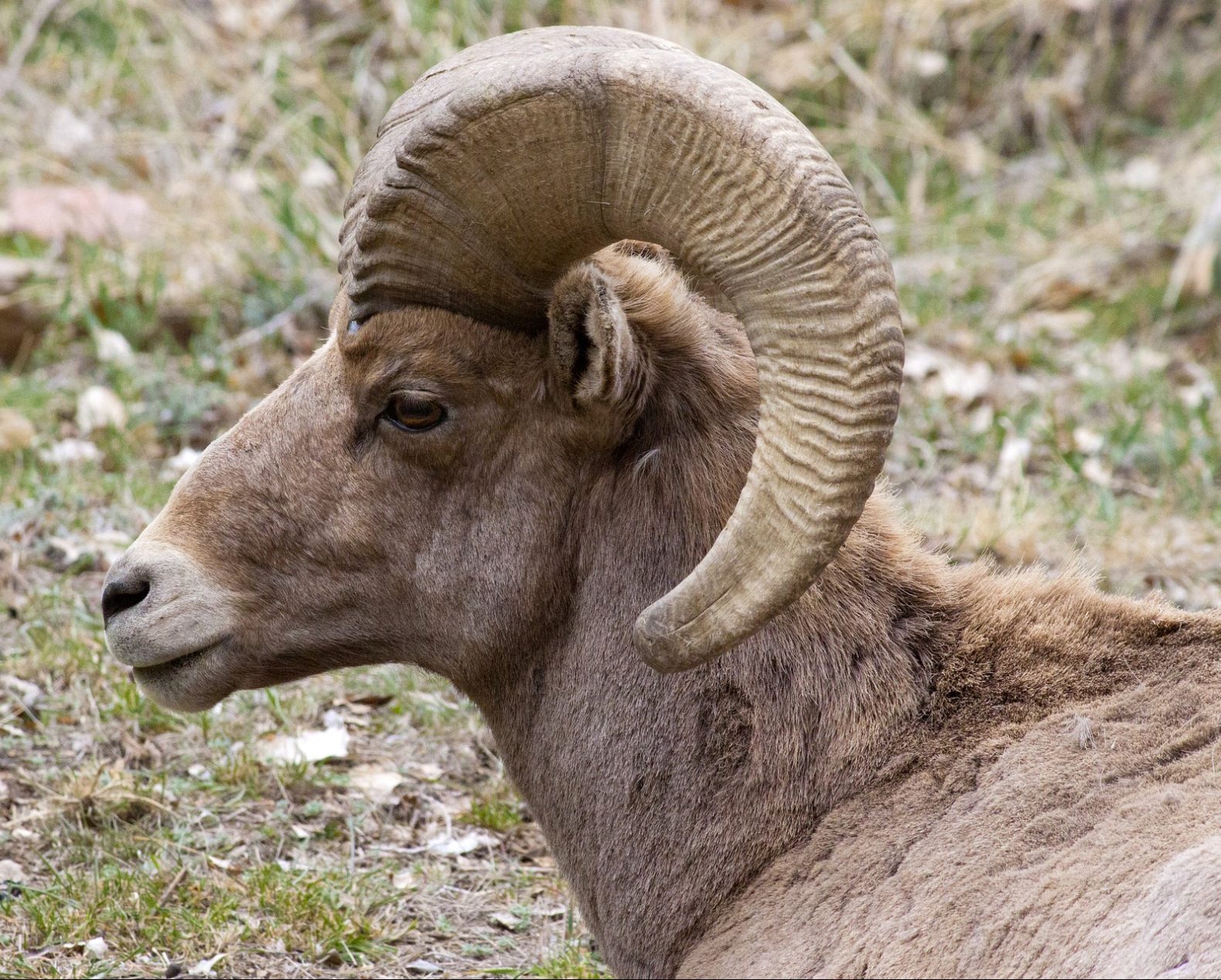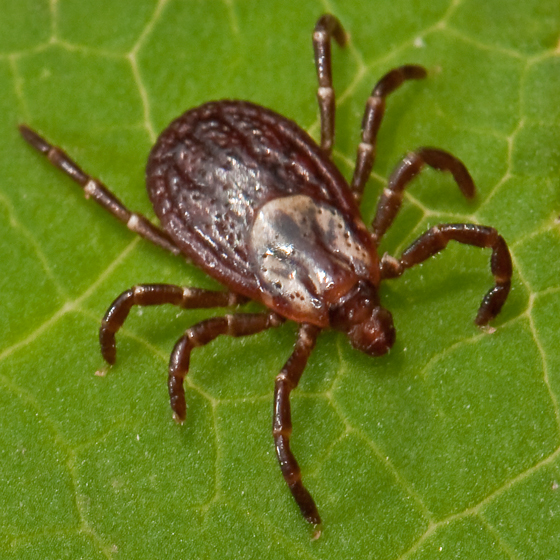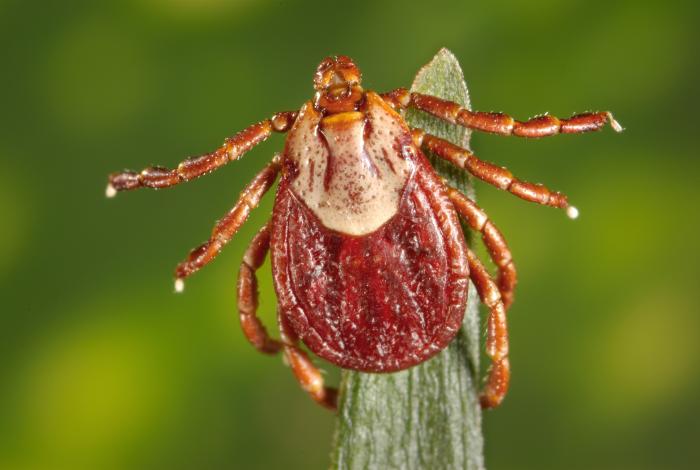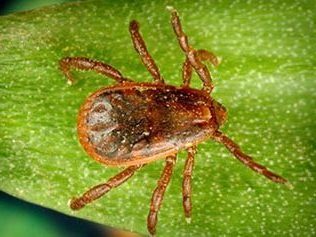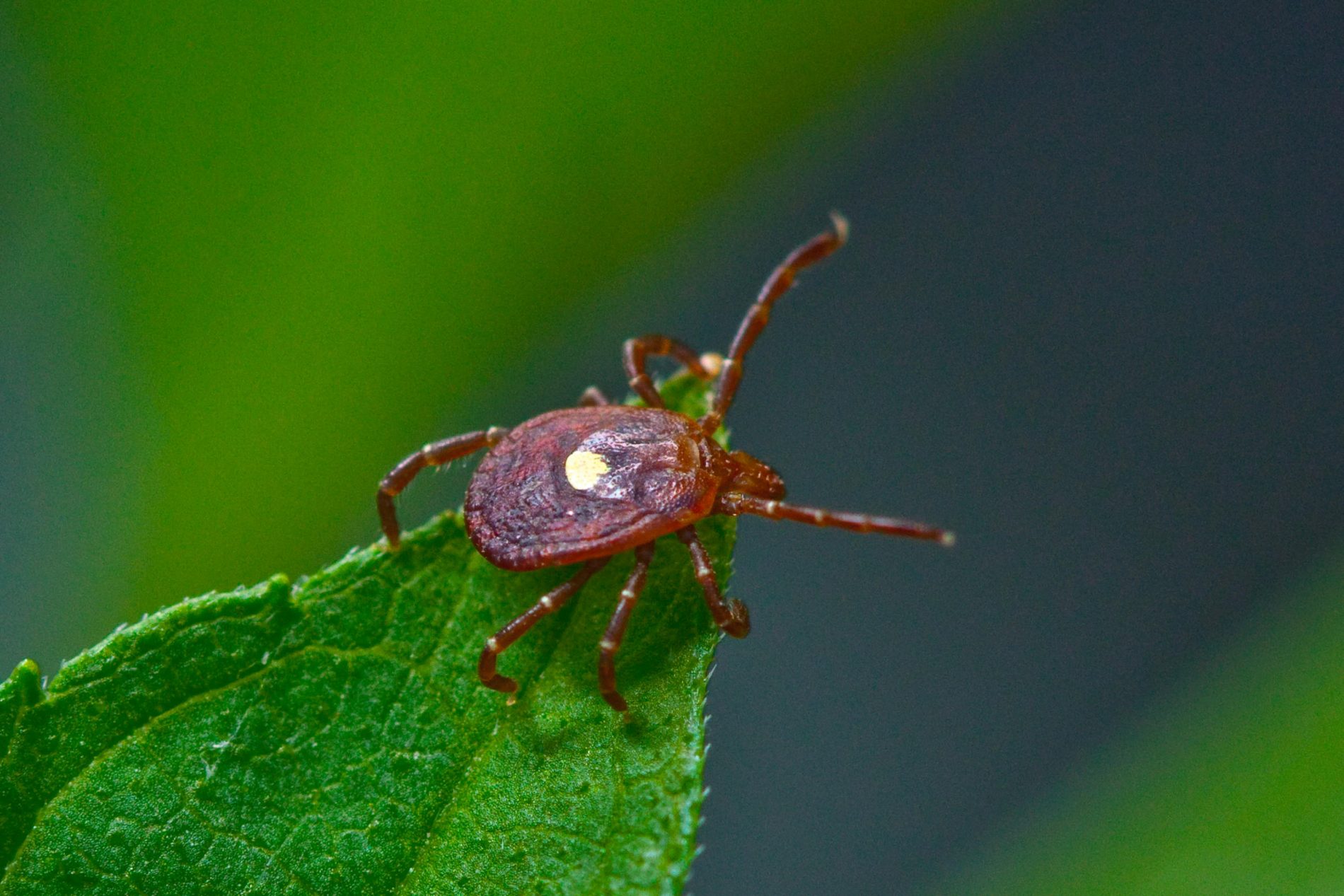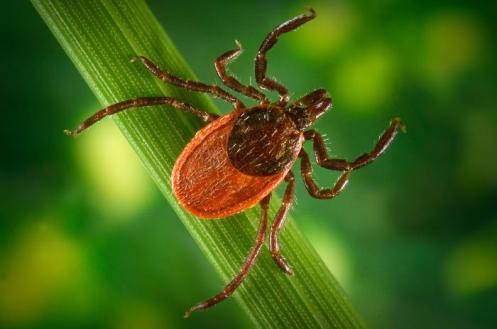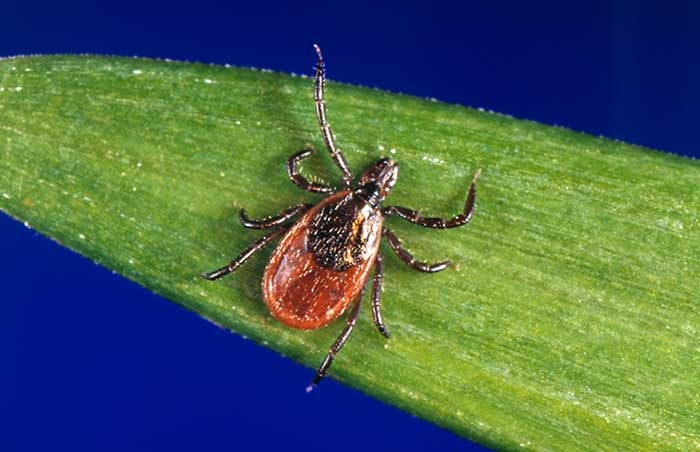What is a Tick?
[vc_row][vc_column width="2/3"][vc_column_text] What is a Tick? Ticks are tiny parasites in the Arachnid family that feed exclusively on blood from animal hosts to carry out their life cycle. There are hundreds of different kinds of ticks in the world. Many of them carry bacterial, viral or protozoal pathogens that can be transmitted to wildlife, pets, and humans through their bite. In addition to infections, a bite can cause serious tick-borne conditions. Ticks transmit more kinds of disease agents than any other kind of arthropod vector and are increasingly being found to harbor more than one pathogen; making them capable of transmitting multiple diseases in a single bite. In addition to being vectors of disease, ticks can also cause tick paralysis via toxins in their saliva to both...



